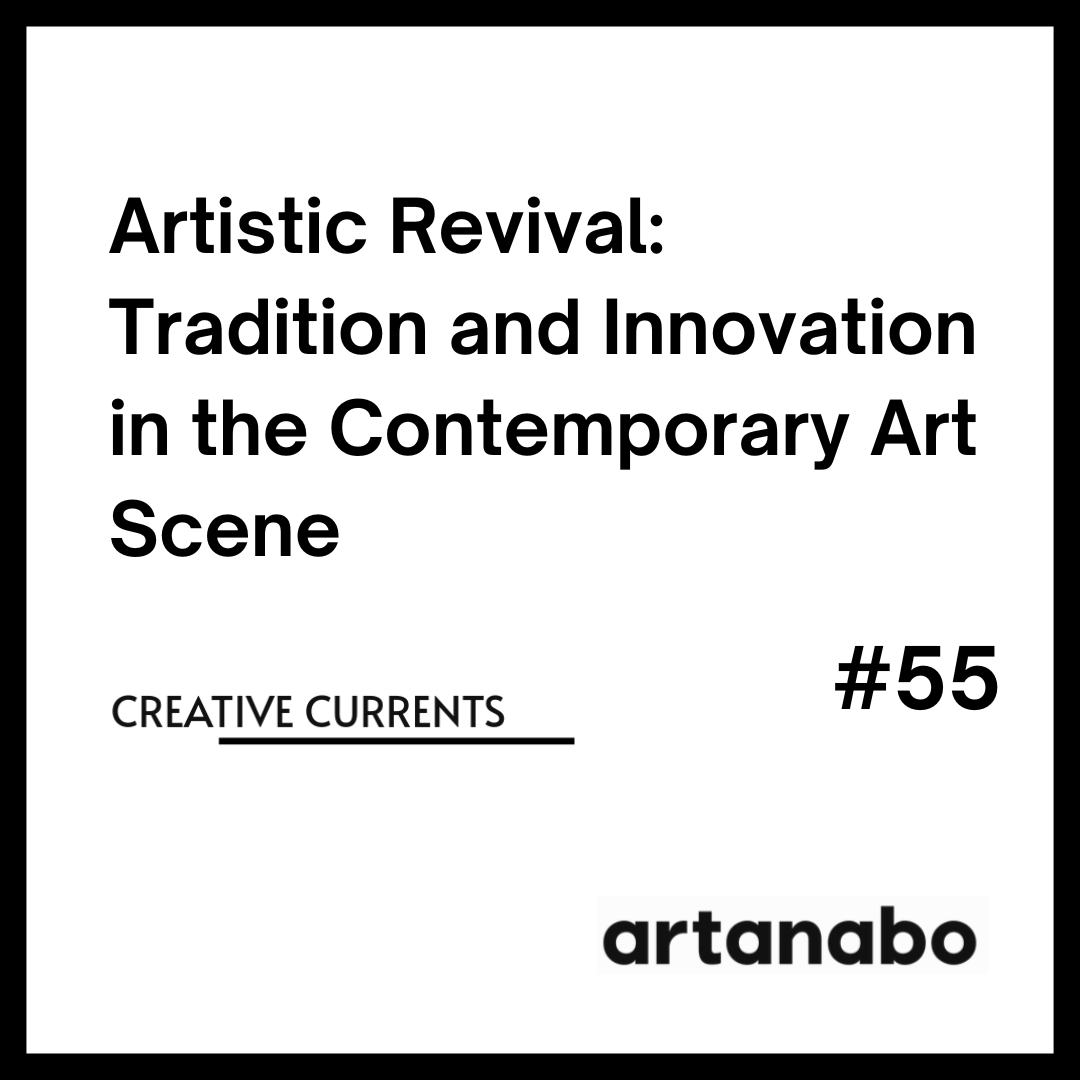The global art landscape is undergoing a profound transformation, with artists and institutions redefining the relationship between tradition and contemporary expression. From fashion-driven art collaborations in London to the resurgence of Kazakh artistic heritage and the evolving curatorial direction in Mexico, this fusion of old and new is shaping the future of creativity worldwide.
Victoria Beckham’s Fashion and Art Fusion with Sotheby’s
In an unexpected yet inspiring collaboration, Victoria Beckham has turned her London boutique into an art gallery in partnership with Sotheby’s. From February 6 to 10, her Dover Street location features ten curated works from renowned contemporary artists, including Jean-Michel Basquiat, Keith Haring, and Gerhard Richter. This initiative reflects the increasing intersection of fashion and fine art, demonstrating how retail spaces can become cultural platforms for artistic engagement.
Beckham, a longtime art enthusiast, highlights how visual art influences her fashion collections, emphasizing the power of creativity to evoke emotions and ideas. The exhibited works will later be auctioned at Sotheby’s in London and New York, reinforcing the connection between commercial spaces and high art. This crossover showcases the potential for art and fashion to coalesce, creating immersive experiences for audiences beyond traditional gallery settings.
Kazakh Artists Reviving Tradition Through Contemporary Art
While the fusion of fashion and art in London is creating new dialogues, in Kazakhstan, artists are rediscovering and reinterpreting their heritage through contemporary means. This revival bridges ancient traditions with modern artistic sensibilities, reinforcing cultural identity while engaging with the global art world.
Artists like Assolyaa transform traditional Kazakh carpets into painted masterpieces, honoring historical narratives and highlighting the resilience of Kazakh women. Aigana Gali, with her abstract canvases and textile installations, explores themes of spirituality and nature, paying homage to the vast steppes of Central Asia. The late Rustam Khalfin, considered a pioneer of contemporary Kazakh art, introduced the concept of nomadic aesthetics, blending performance, installation, and video art to reflect on identity and displacement. Meanwhile, Leyla Mahat bridges traditional and modern influences through her internationally exhibited works, showcasing Kazakhstan’s artistic diversity on a global stage.
Lucía Sanromán’s Vision for Mexico’s MUAC
On the other side of the world, the Museo Universitario Arte Contemporáneo (MUAC) in Mexico City is entering a new era under the leadership of Lucía Sanromán, its newly appointed chief curator. Her extensive experience in curating socially engaged exhibitions, particularly in North America, positions her as a forward-thinking leader dedicated to fostering inclusion and community involvement within the museum space.
Sanromán aims to expand MUAC’s curatorial focus by addressing social inequalities and strengthening its connection to the local and international art communities. Her appointment signals a shift towards museums playing a more active role in societal discourse, using contemporary art as a medium to navigate complex social and political realities.
A Global Art Movement: Bridging the Past and Present
These three stories from different parts of the world illustrate how art continues to serve as a bridge between past and present. Whether through fashion-integrated exhibitions in London, cultural revival in Kazakhstan, or curatorial innovation in Mexico, the reimagining of artistic heritage is shaping the modern art landscape.
As traditional boundaries dissolve, artists, curators, and institutions are proving that history and contemporary expression are not separate entities but rather interwoven elements of a continuous creative evolution. The future of art lies in this balance, where the echoes of the past inform and inspire the visual narratives of today.


